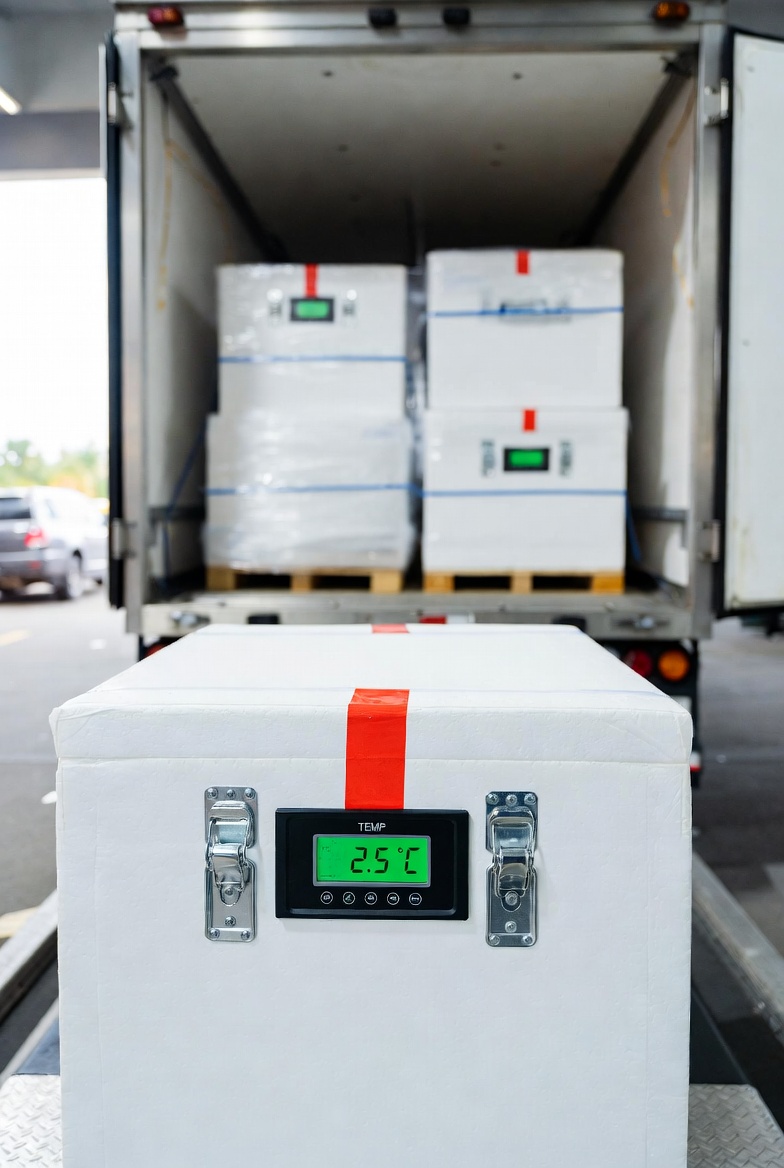The calculation of CO2 emissions for multinational companies is a crucial aspect of corporate sustainability, environmental responsibility, and regulatory compliance. Different regions and frameworks have established guidelines to measure, report, and manage greenhouse gas (GHG) emissions. In this context, multinational companies must adhere to global standards while also considering regional regulations.
Below are the key guidelines and rules for calculating CO2 emissions for multinational companies, including relevant frameworks, methodologies, and specific steps:
1. Frameworks and Standards
Greenhouse Gas (GHG) Protocol
The GHG Protocol is the most widely used international standard for calculating and reporting CO2 emissions. It provides a comprehensive accounting tool for businesses and helps companies understand and manage their emissions.
It divides emissions into three scopes:
- Scope 1: Direct GHG emissions from owned or controlled sources.
- Examples: Emissions from company-owned vehicles, factories, or industrial processes.
- Scope 2: Indirect GHG emissions from the generation of purchased electricity consumed by the company.
- Examples: Emissions from electricity use in company offices or manufacturing plants.
- Scope 3: Other indirect GHG emissions that occur in the value chain of the company, including both upstream and downstream activities.
- Examples: Emissions from the production of purchased goods, transportation, waste disposal, employee business travel, and the use of products sold by the company.
ISO 14064
The ISO 14064 standard provides specific guidelines for organizations to quantify and report their greenhouse gas emissions. It includes:
- ISO 14064-1: Specifications for GHG quantification and reporting.
- ISO 14064-2: Requirements for GHG project quantification and monitoring.
- ISO 14064-3: Guidelines for the validation and verification of GHG assertions.
CDP (Carbon Disclosure Project)
CDP is a non-profit organization that collects self-reported environmental data from companies globally. Many multinational companies report their GHG emissions to the CDP platform to ensure transparency in their environmental impact. The CDP framework aligns with the GHG Protocol and includes detailed metrics for reporting on climate risk and opportunity.
2. Key Emission Sources in Multinational Companies
Multinational companies typically have a diverse range of emission sources across multiple regions and markets. Key areas to assess include:
- Energy Consumption: This includes the energy used in buildings, factories, offices, and other facilities. It covers both electricity (Scope 2) and direct energy consumption (Scope 1).
- Business Travel: Air travel, train travel, and other forms of transport contribute to Scope 3 emissions (indirect emissions in the value chain).
- Supply Chain Emissions: Emissions from the production of raw materials, transportation of goods, and services provided by suppliers. This is considered Scope 3.
- Waste Management: Emissions associated with the disposal and treatment of waste materials, including landfill methane emissions.
- Products and Services: The GHG emissions resulting from the use of the company’s products and services. For example, emissions from the energy used to operate the products sold.
- Transportation and Logistics: Emissions from company-owned transportation fleets, logistics operations, and third-party transportation services.
- Industrial Processes: Emissions from manufacturing or processing activities.
3. Step-by-Step CO2 Emission Calculation
Step 1: Identify Emission Sources
Start by identifying all potential emission sources in the company’s operations across all geographies. This includes both direct (Scope 1) and indirect (Scope 2 and 3) sources.
- For Scope 1, track fuel use, energy consumption, and other activities that involve direct combustion or chemical processes.
- For Scope 2, identify the amount of electricity or energy purchased and consumed.
- For Scope 3, assess the emissions from the entire value chain, including suppliers, business travel, waste, and customer use.
Step 2: Collect Data
Gather data on energy consumption, fuel use, transportation distances, waste generation, etc., across all the emission sources. Key data points include:
- Energy consumption in kWh or MWh for electricity.
- Amount of fuel consumed (liters or gallons for gasoline, diesel, or natural gas).
- Distance traveled by vehicles or flights, including the type of transportation.
- Waste production (kg, tonnes) and disposal methods.
For multinational companies, it's important to standardize the data collection process across different regions or subsidiaries, considering that data availability may vary by country.
Step 3: Use Emission Factors
To convert data into CO2-equivalent emissions, use emission factors. These are coefficients that specify how much CO2 is produced per unit of activity (e.g., per kWh of electricity, per gallon of fuel, per tonne of waste).
- Emission factors for electricity can vary by region and depend on the energy mix (coal, natural gas, renewables).
- Emission factors for fuels depend on the type of fuel (e.g., diesel, gasoline, or natural gas) and its carbon content.
- Transportation emissions depend on the mode of transportation and fuel type.
Emission factors can be sourced from:
- IPCC Guidelines: The Intergovernmental Panel on Climate Change provides detailed emission factors for various sectors.
- Government Databases: Countries often have national GHG inventories and emission factors (e.g., the U.S. Environmental Protection Agency or the UK’s Department for Business, Energy & Industrial Strategy).
- Sector-specific databases: Certain industries have specific guidelines for calculating emissions, such as the International Civil Aviation Organization (ICAO) for aviation emissions.
Step 4: Apply Emission Factors
For each emission source, multiply the activity data (e.g., energy use, fuel consumption) by the appropriate emission factor to calculate the CO2 emissions. For example:
- Scope 1 (Direct emissions):
- If a factory used 10,000 liters of diesel fuel, you multiply that by the appropriate emission factor (e.g., 2.68 kg CO2 per liter of diesel).
- ( \text{Emissions} = 10,000 \, \text{liters} \times 2.68 \, \text{kg CO2/liter} = 26,800 \, \text{kg CO2} ).
- Scope 2 (Indirect emissions from purchased electricity):
- If a facility used 100,000 kWh of electricity, and the emission factor for the grid is 0.5 kg CO2 per kWh, the emissions are:
- ( \text{Emissions} = 100,000 \, \text{kWh} \times 0.5 \, \text{kg CO2/kWh} = 50,000 \, \text{kg CO2} ).
- Scope 3 (Indirect emissions from the value chain):
- For business travel, assume 5,000 km flown by air with an emission factor of 0.25 kg CO2 per km:
- ( \text{Emissions} = 5,000 \, \text{km} \times 0.25 \, \text{kg CO2/km} = 1,250 \, \text{kg CO2} ).
Step 5: Calculate Total CO2 Emissions
Sum the CO2 emissions from all sources (Scope 1, Scope 2, and Scope 3) to determine the company’s total CO2 emissions.
Step 6: Report and Verify
Once emissions are calculated, companies typically report their emissions through sustainability reports, CDP, or regulatory bodies. For accuracy and transparency, companies may also undergo third-party verification to ensure that the calculations are correct and align with standards like the GHG Protocol or ISO 14064.
4. Regional and Country-Specific Regulations
Multinational companies must also comply with regional and national emissions reporting regulations, which can vary significantly:
- EU Emissions Trading System (EU ETS): Multinational companies operating in the EU may need to comply with the EU's cap-and-trade system.
- U.S. EPA Regulations: Companies in the U.S. must report their emissions to the Environmental Protection Agency (EPA) under the Greenhouse Gas Reporting Program (GHGRP).
- Carbon Pricing: Many countries have introduced carbon pricing mechanisms or taxes (e.g., Canada, Australia, or several EU countries).
It's essential for multinational companies to understand the local regulations and reporting requirements in the regions where they operate.
Conclusion
CO2 emission calculation for multinational companies is a complex but crucial process for ensuring regulatory compliance, improving sustainability, and meeting international environmental standards. By following frameworks like the GHG Protocol and ISO standards, and leveraging emission factors to convert operational data into CO2 emissions, companies can assess their carbon footprint and take meaningful steps to reduce their environmental impact.




